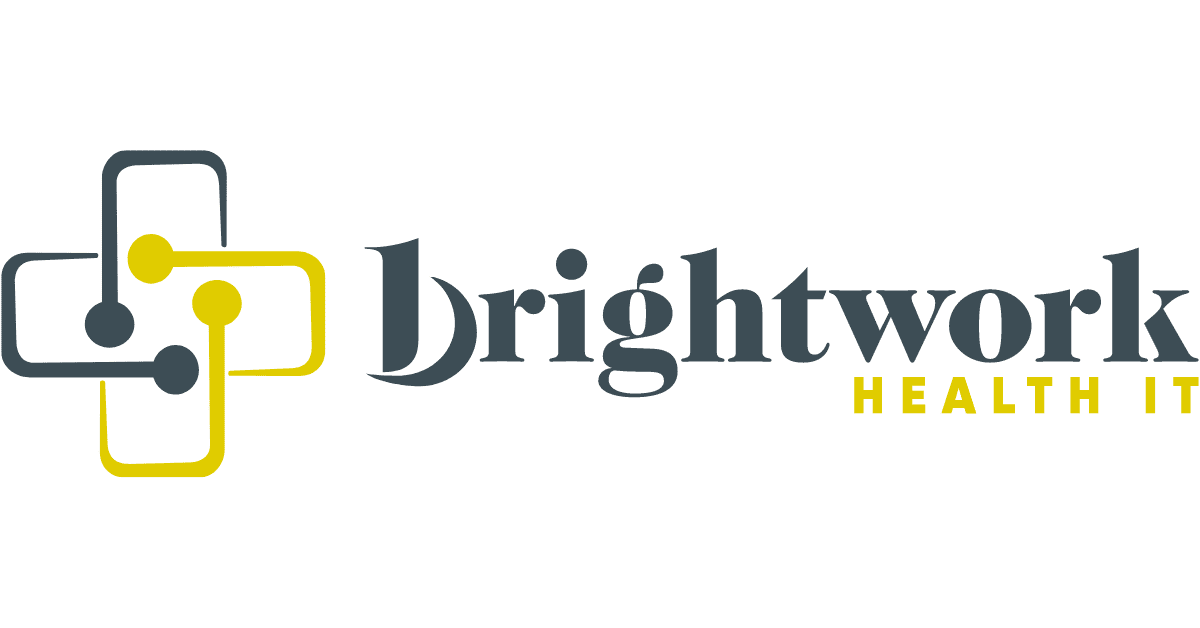Over the last two decades, there have been significant improvements in how the healthcare industry delivers patient care. And one of the driving forces behind those improvements is the adoption of technologies that enable physicians and other healthcare professionals to make better decisions, save lives, streamline processes, and deliver a better patient experience. Yet despite this, the current state of the healthcare system remains one of the most highly debated topics in the U.S., with healthcare costs being one of the biggest gripes of all. So, it stands to reason that the public would have mixed views on the importance of medical technology.
Although technology has been lauded for improving health and quality of care, it has also been singled out as one of the most significant contributors to escalating medical costs. But experts say that healthcare IT departments aren’t to blame. According to Brightwork Health IT Founder and CEO Shannan Epps, in addition to improving patient care and creating better health outcomes, health system IT departments are an integral part of reducing costs.
Health IT Departments are Key to Containing Costs
I recently sat down with Epps and Brightwork president Tabitha Lieberman, who oversees the firm’s EHR and healthcare applications practice, to discuss the nuances associated with healthcare technology and what can be done to lower costs. Brightwork Health IT is a Seattle-based IT consultancy that helps healthcare organizations with large IT implementations, digital transformation initiatives, and technical resources. With an eye on optimizing technologies, modernizing workflows, and transforming infrastructure, the firm’s customers include Kaiser Permanente, Summa Health, Multicare, the University of Washington Medical Centers, and Ohio State University – Wexner Medical Center.
After digging deeper into where hospitals spend their money, it looks as though Epps was right. IT departments aren’t the big spenders. Based on data from 4,660 hospitals, Definitive Healthcare found that the average hospital IT budget was around $7.7 million. This might seem like a lot, but it’s a mere 3% of the average hospital’s total operating budget of $238.2 million. The data used for the calculations were the hospital’s most recent Medicare Cost Reports from 2020 and 2021.
So, if hospital IT departments aren’t breaking the bank on new technology, what is?
Hospital Budgeting Remains Siloed
“In healthcare, there are two very distinct types of technologies,” explained Epps. “There are performance-enhancing technologies that support the diagnosis and treatment of disease. Then there are those that target operational changes designed to streamline workflows, improve efficiencies, and lower costs. These are the technologies health IT departments are responsible for; the performance-enhancing technologies mostly fall within other departments’ line items and oversight.”
As Lieberman points out, this is where part of the problem is.
“Because of the way hospital budgets are set and organized, there is a lot of waste and inefficiency,” added Lieberman. “Budgets are formed in siloes, which typically include clinical departments such as oncology, care areas like operating rooms, and ancillary departments such as radiology. And each of these unconnected units makes its own technology decisions, which makes containing overall costs so difficult.”
Without a centralized system for planning, evaluating, and deploying technology across all departments, costly redundancies, misalignments, and inefficiencies are bound to happen. For example, let’s say radiology purchases a new picture archiving and communication system (PACS). If that decision is made in a vacuum, the department could later find that its new system doesn’t interface with the enterprise image viewer. Or they might find there were already multiple PACS systems in place, creating significant duplication. Either way, the result is more technical debt and higher operating costs for the hospital.
Taking a Pragmatic Approach to Spend is Important
According to Epps and Lieberman, this is one of the biggest challenges hospitals face when it comes to innovation. The second is regarding the things departments sometimes spend their funding on.
“In health IT, we are pragmatic and always looking at how technology will connect and support the overall operation of the hospital system,” said Epps. “That means cutting through all of the innovation hype to figure out what products and solutions are going to drive value for the organization. But unfortunately, there has been a Gold Rush of sorts for unproven innovations in the healthcare space, which has led to some pretty significant financial losses.”
Epps added that it’s crucial for health systems to continue to think innovatively, but they also need to think about solutions that help solve the problems they’re facing now.
“There have been many cool, whizbang things going on in technology, like robot nurses,” says Epps. “But is there any evidence that a project like that will provide value to both patients and the health system? At hundreds of thousands of dollars or more per robot, not counting ongoing repairs and maintenance, it most likely will not contribute to lower costs for healthcare consumers.”
The bottom line is that healthcare leaders need to examine the value of the investment. In other words, will a technology investment lead to real, measurable change that improves throughput, decreases costs, and helps the system run more efficiently and effectively?
Application Rationalization is Critical
The third thing healthcare leaders need to focus on to reduce costs is application rationalization. As healthcare struggles to contain costs and technology continues to evolve, the imbalance between fiscal responsibility and innovation grows. And too much tech coming from too many places eventually leads to millions of dollars being spent on maintaining outdated applications or the duplicate purchase of solutions that already exist. This needs to change, and application rationalization is a great place to start.
“Healthcare leaders need to look at their application portfolio and make sure the tools they have to add value,” said Lieberman. “Making sure there is no duplication or triplication, and that systems are up to date, is a critically important part of this evaluation.”
For application rationalization to be successful, healthcare leaders need to work with a trusted third-party partner that can look at things with fresh eyes and without being biased. And this is where firms like Brightwork Heath IT come into play. And as Epps explained, what differentiates them from a lot of consulting companies is that their leaders all come from health system operations.
“With decades of experience operating IT organizations, our team comes from some of the largest health systems in the country,” said Epps. “As such, we have a good understanding of what the challenges are that are out there. And we partner with IT, clinical, and business stakeholders to address those challenges for the betterment of the entire system.”
Final thoughts
For healthcare leaders, it’s important to innovate. But they can innovate without breaking the bank by following Brightwork Health IT’s advice. And the important takeaways from my conversation with Shannan Epps and Tabitha Lieberman are as follows:
1). Health IT teams are the key to improving processes and lowering costs.
2). Centralizing IT decision-making and spending are critically important.
3). Healthcare leaders must be pragmatic when it comes to IT initiatives.
4). Application rationalization is a must.
5). Working with a good IT partner that is vendor-neutral is essential.

































